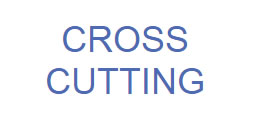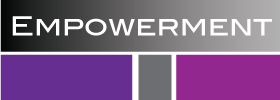The CBR matrix gives an overall visual representation of CBR. The matrix illustrates the different sectors, which can make up a CBR strategy.
It consists of five key components, each divided into five key elements. Each of these elements will have a dedicated chapter in the guidelines. The elements are sub-divided into content headings. Each element has between four to nine key content headings.
The components and elements are underpinned by a number of principles which inform the work. These principles are intended to be translated into tangible ways of working and should be observable in programme activities.
It is a ‘pick and mix’ series of options, a set of components and elements from which the practitioner can select. Any one programme may choose to address only some of the components and elements. The matrix should not be seen as sequential. At the same time, the implementer needs to be in touch with other key organizations that usually take care of other components/elements.
The CBR practitioner may choose:
The most practical entry point for the programme, for example, an initiative on primary schooling or organizing parents of children with disabilities. The next logical steps to build up the programme, for example, an initiative on ante-natal and primary health care; And so on…until a coherent programme of appropriate components and elements is formed, supported by a strong set of cross-sector alliances and partnerships.







